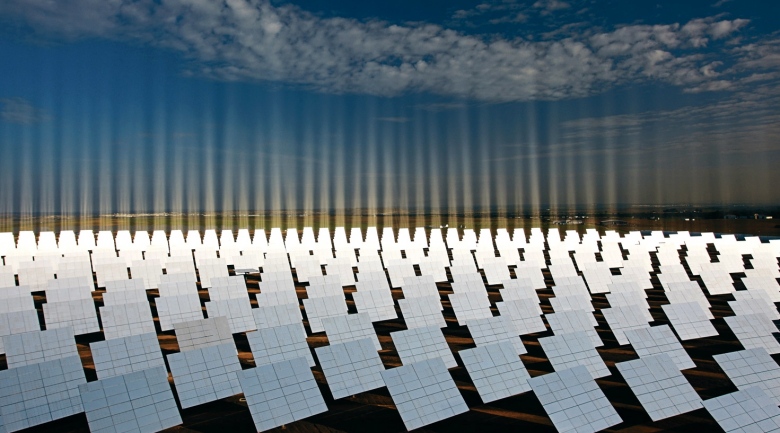
IBM’s Materials Science team has partnered with Solar Frontier, Tokyo Ohka Kogyo (TOK) and DelSolar to develop an efficient and affordable photovoltaic (PV) solar cell made of abundant natural materials.
“Tests of our Cu2ZnSn(S,Se)4 (made of readily available copper, zinc, and tin, and referred to as CZTS) thin-film devices have achieved a world-record PV solar-to-electric power conversion efficiency of 11.1 percent (10 percent better than any previous reports) for this class of semiconductors, say IBM Research photovoltaic scientists Teodor Todorov and David Mitzi.
And it can be manufactured by simple ink-based techniques such as printing or casting.
What makes CZTS better
Energy from the sun reaching the earth’s surface amounts to several thousand times our global consumption of electricity. Yet electricity from photovoltaic (PV) solar cells currently contributes significantly less than one percent of worldwide production. Of the numerous existing PV technologies, none so far have combined the virtues of being highly efficient, cheaply scalable and made with abundantly available materials.
Currently, the most widespread PV semiconductors, made of crystalline silicon, are abundant and highly efficient. They’re in panels used for everything from home electricity to the International Space Station. However, they have extremely high material purity requirements (>99.9999 percent!), and the wafers are typically cut from large solid ingots and wired in series to form PV modules — making it expensive and difficult to upscale.
Other thin-film chalcogenide materials used in PV cells, such as Cu(In,Ga)(SSe)2 (CIGS) and CdTe, have been developed to a performance level close to that of silicon, with inherently more scalable processing, the scientists say. They are directly deposited on large-area, low-cost substrates such as glass, metal or plastic foil.
